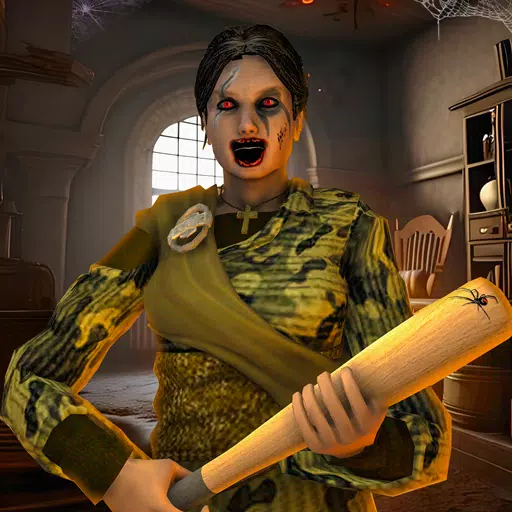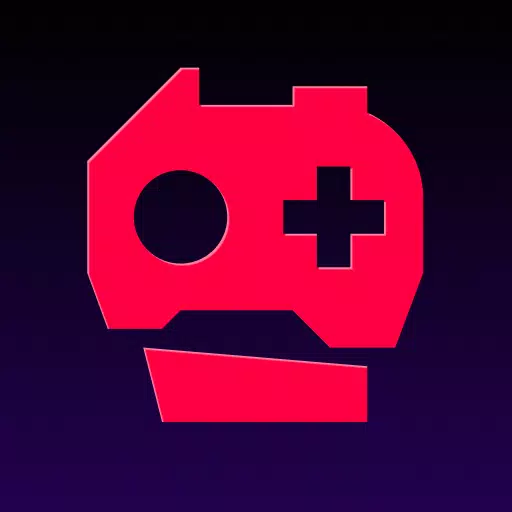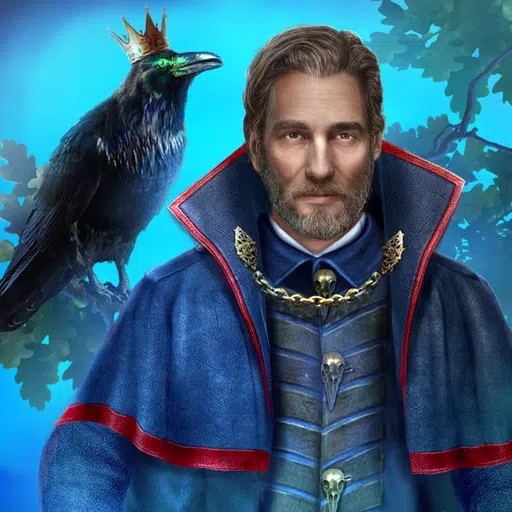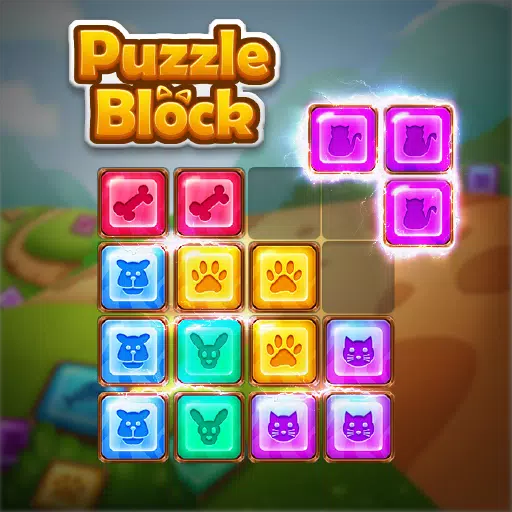When I first sat down to play developer MercurySteam's latest project, Blades of Fire, I anticipated a return to the studio's roots with their Castlevania: Lords of Shadow games, infused with the modern flair of God of War. An hour into the experience, I found myself immersed in what felt like a Soulslike game, albeit one where the focus was on weapon stats rather than traditional RPG character development. By the end of a three-hour hands-on session, I realized that Blades of Fire is a unique blend of familiar elements and fresh ideas, creating a distinct approach to the action-adventure genre.
At first glance, Blades of Fire might seem like a clone of Sony Santa Monica's God of War, with its dark fantasy setting, heavy-hitting combat, and a third-person camera that keeps you close to the action. The parallels are undeniable, especially during the demo's opening hours, where I navigated a twisting map filled with treasure chests, aided by a young companion who assisted in puzzle-solving. Together, we sought out a woman of the wilds living in a house atop a giant creature. While these elements echo familiar tropes, the game also borrows heavily from FromSoftware's catalog, including anvil-shaped checkpoints that replenish health potions and respawn enemies.
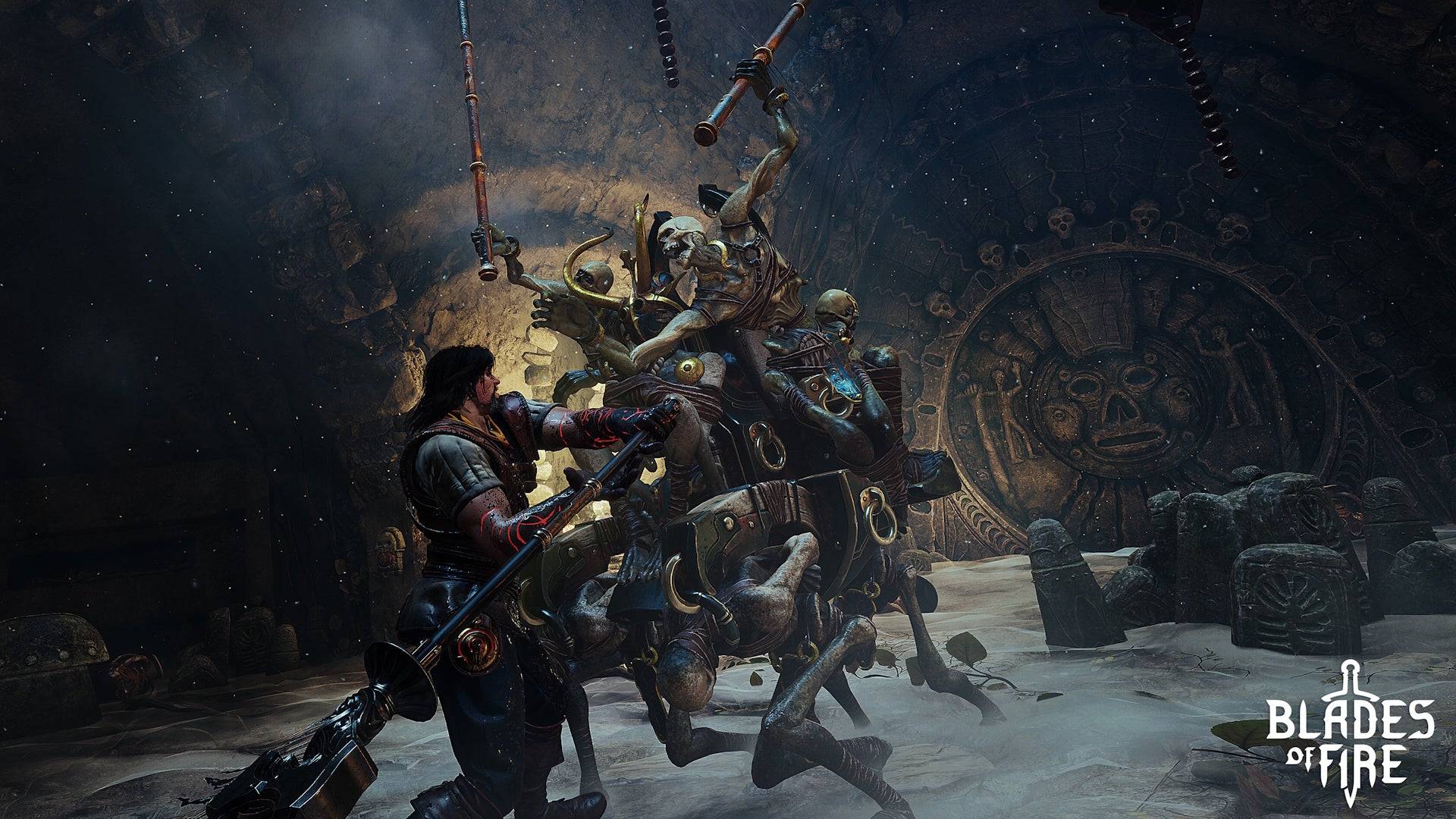
The game's world evokes the atmosphere of 1980s fantasy, where you can easily envision Conan the Barbarian mingling with its muscular soldiers or Jim Henson's Labyrinth-inspired orangutan-like enemies bouncing on bamboo pogo sticks. The narrative, too, carries a retro charm with an evil queen turning steel into stone, and it's up to you, Aran de Lira, a blacksmith demigod, to defeat her and restore the world's metal. However, the story, characters, and writing may struggle to stand out, feeling reminiscent of the often overlooked narratives from the Xbox 360 era.
Where Blades of Fire truly excels is in its mechanics. The combat system is built around directional attacks, utilizing each face button on the controller. On a PlayStation pad, for instance, triangle targets the head, cross the torso, while square and circle swipe left and right. This system requires careful reading of an enemy's stance to break through defenses effectively. For example, a soldier guarding their face can be defeated by aiming lower and striking their gut, resulting in visceral, blood-soaked impacts.
The demo's first major boss, a slobbering troll, highlighted the combat system's strengths. It had a second health bar that could only be depleted after dismembering the beast, with the limb removed depending on the angle of attack. This allowed for strategic disarming of the troll's club-swinging arm or even cutting off its entire face, leaving it temporarily blind and vulnerable.
Weapons in Blades of Fire are central to gameplay and require significant attention. They dull with repeated use, necessitating sharpening stones to maintain their edge, or switching stances to utilize different parts of the weapon. Additionally, each weapon has a durability meter, requiring repairs at anvil checkpoints or melting down for new crafting opportunities.
Blades of Fire Screenshots
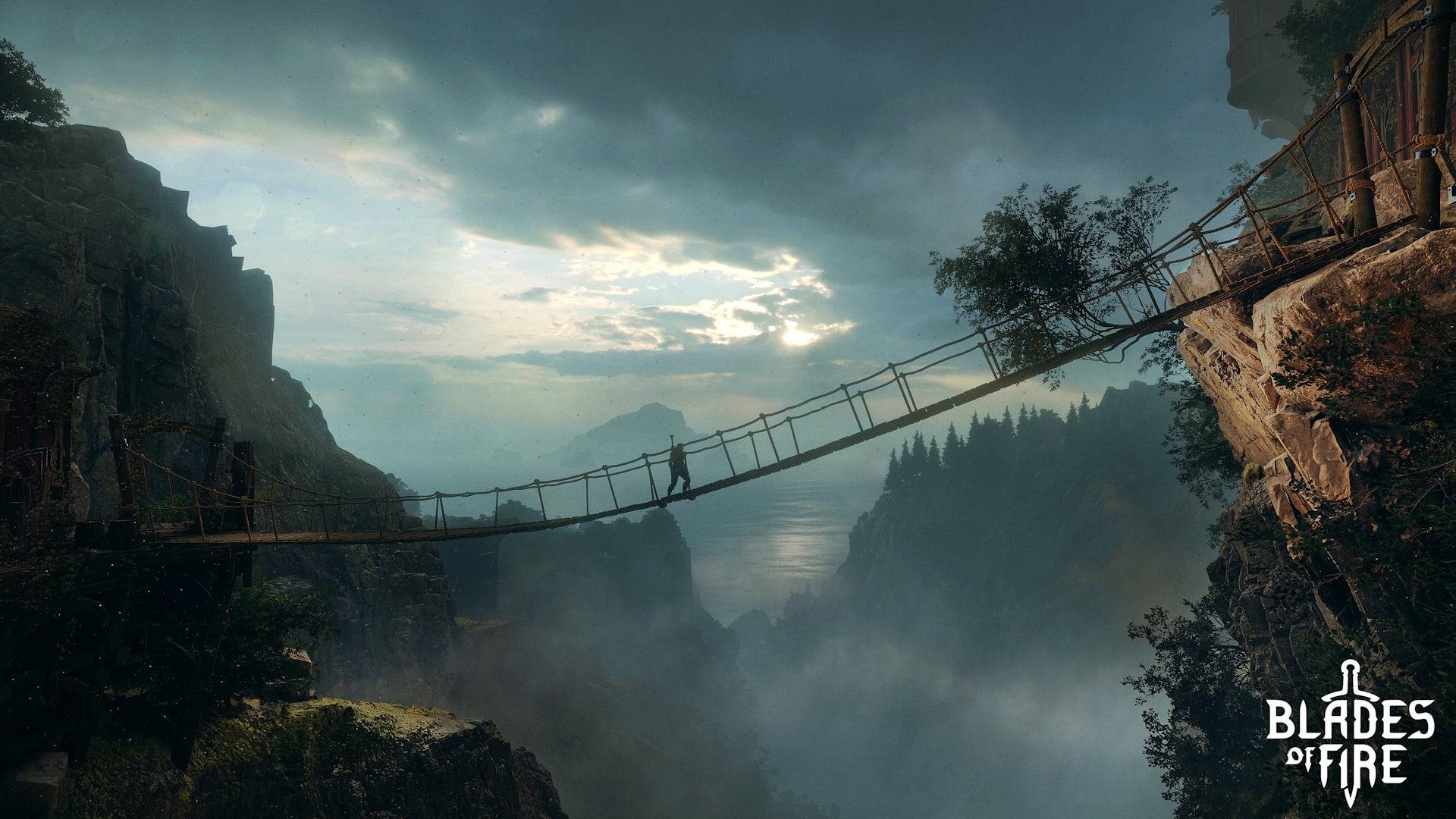
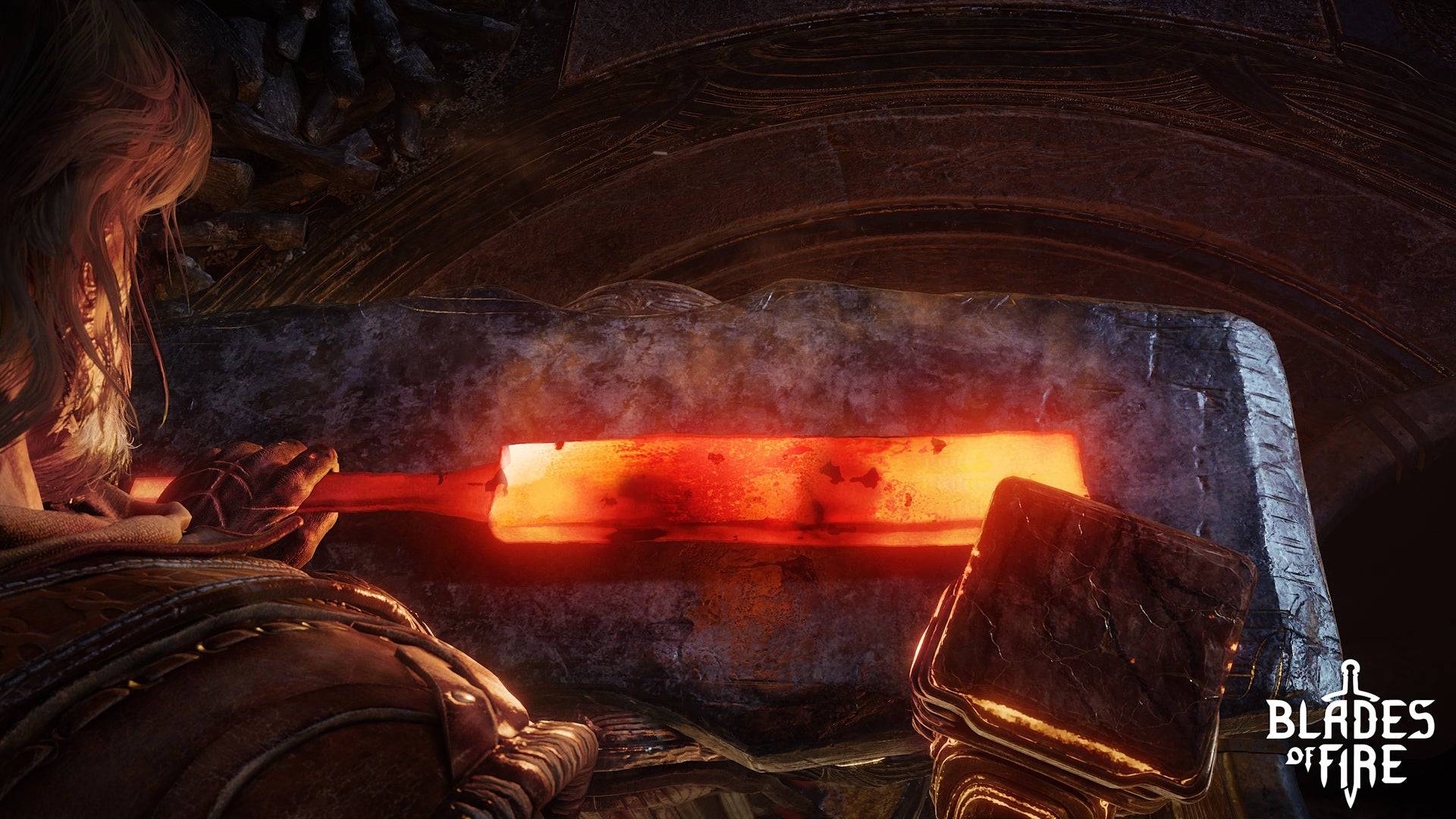
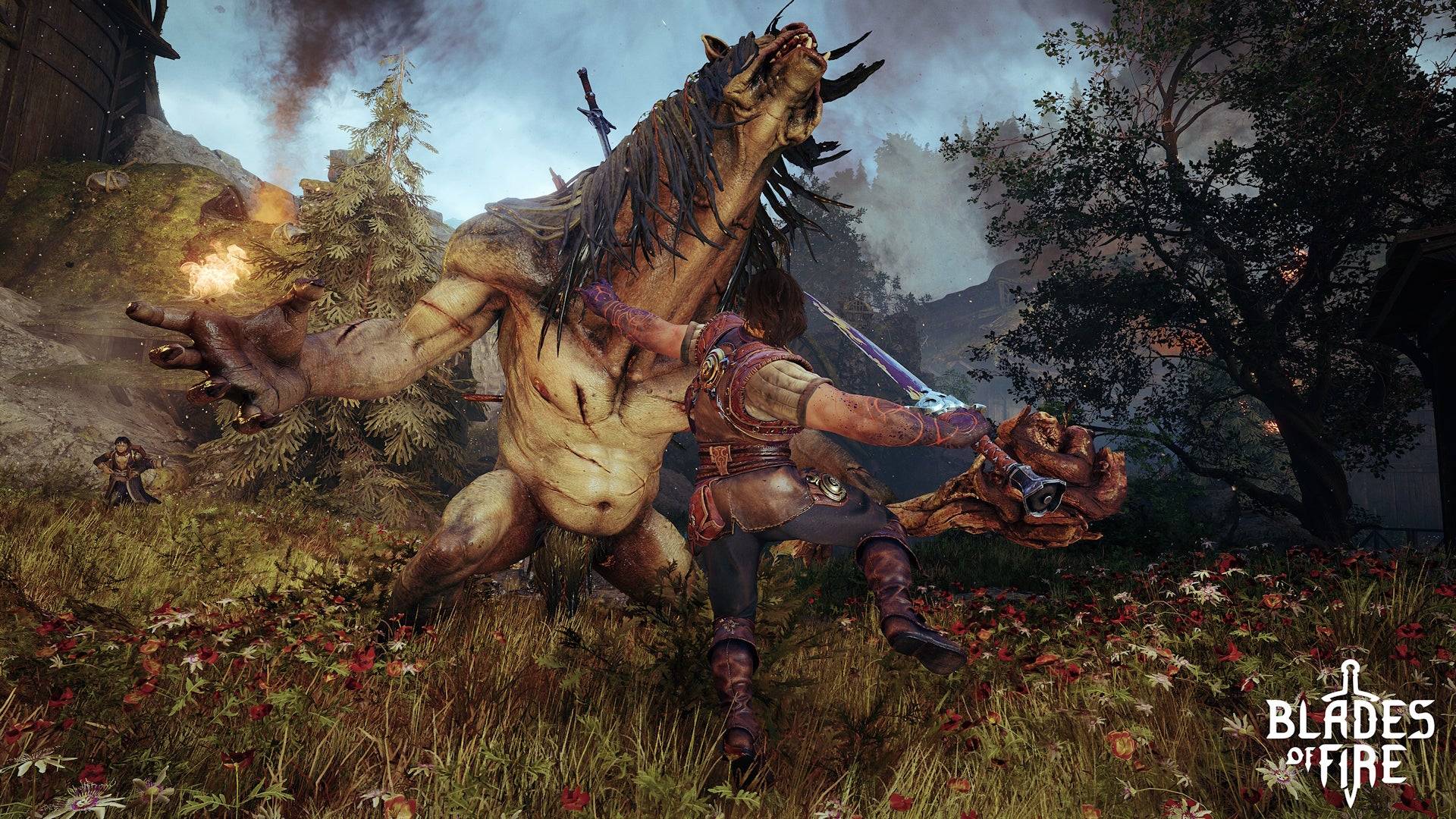


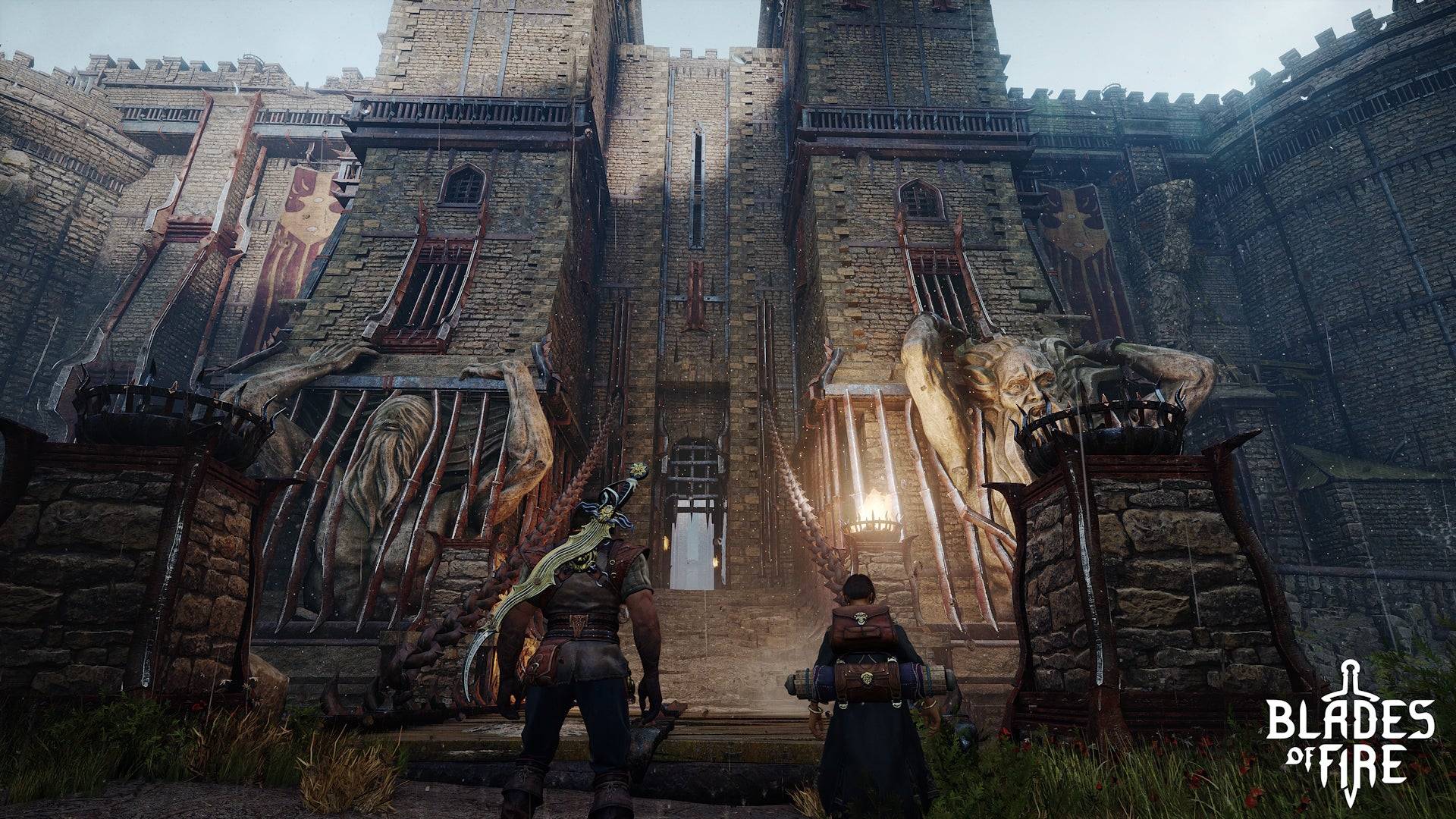
The heart of Blades of Fire lies in its extensive weapon crafting system. Rather than finding new weapons, you create them from scratch in the forge. Starting with a basic template, you sketch out the design on a chalkboard and tweak various aspects, such as the length of a spear's pole or the shape of its head, affecting the weapon's stats and effectiveness. Different materials impact weight and stamina demands, giving a true sense of crafting.
The forging process itself is an engaging minigame where you control the length, force, and angle of hammer strikes to shape the metal according to an ideal curve displayed on-screen. Overworking the steel results in a weaker weapon, so precision is key. Your performance earns a star rating, influencing how often you can repair your weapon before it permanently breaks.
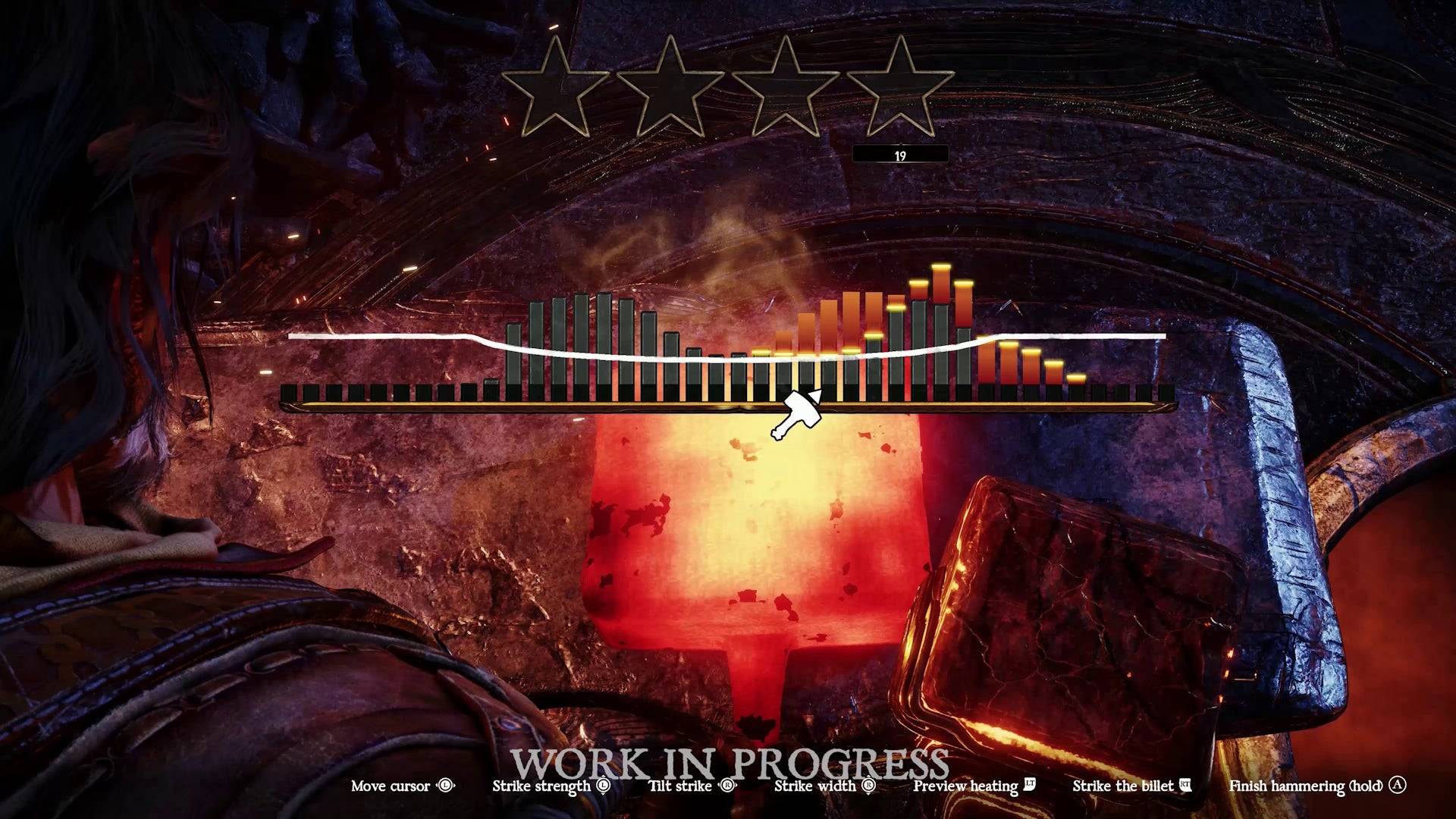
While I appreciate the forge's innovative approach to crafting, the minigame can feel frustratingly obtuse. The connection between strikes and the resulting metal shape isn't always clear, and improvements or better tutorials might be needed before launch to enhance the experience.
MercurySteam aims to foster a deep connection between players and their crafted weapons, intending for them to last throughout a 60-70 hour journey. As you explore and find new metals, you can reforge your weapons to enhance their properties, ensuring they remain effective against increasingly challenging foes. The death system reinforces this bond, as you drop your weapon upon defeat and must recover it to continue your journey.
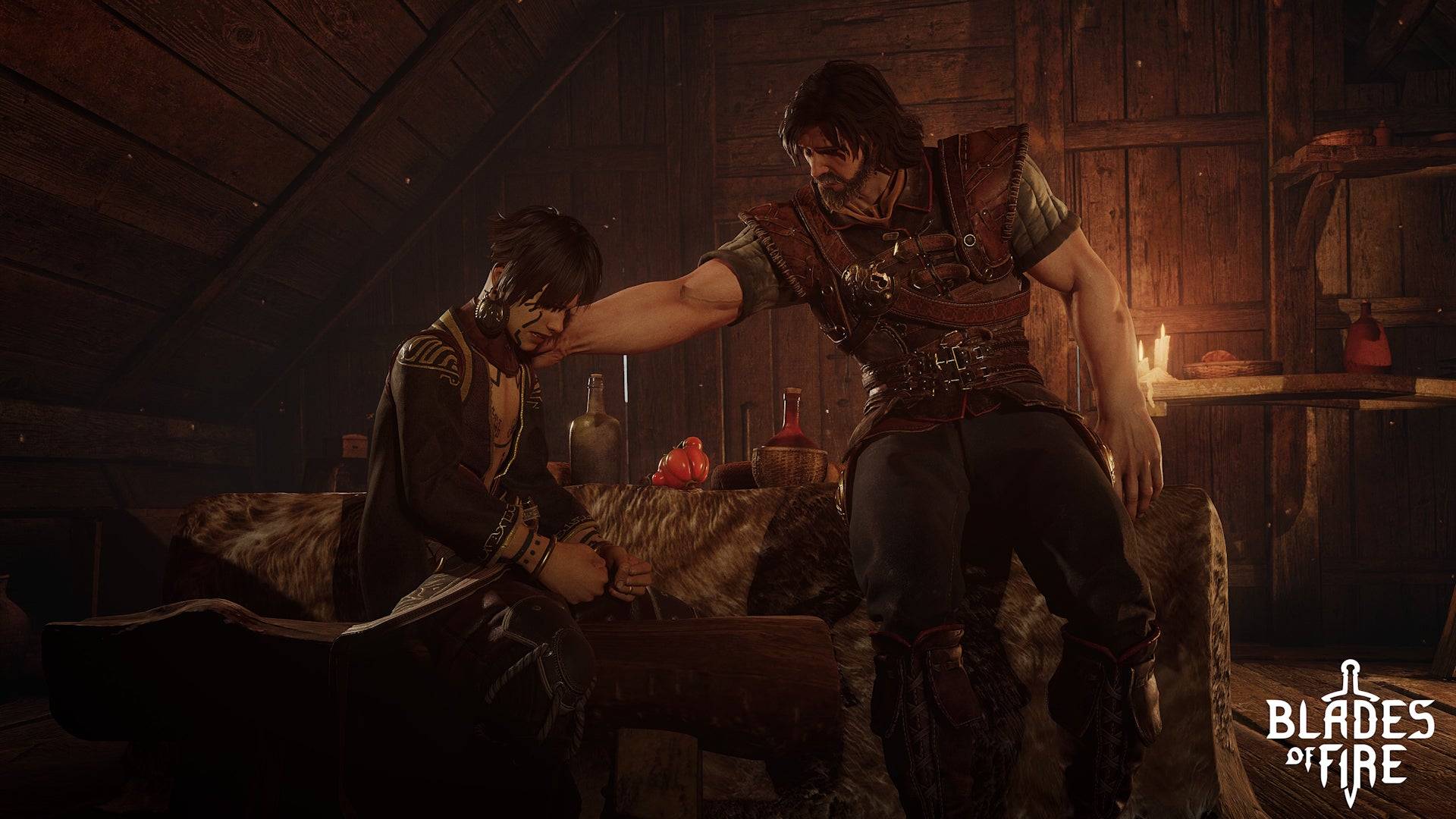
MercurySteam's influences from Dark Souls, God of War, and even their own Blade of Darkness are evident throughout Blades of Fire. However, the game manages to carve out its own identity by reinterpreting these elements into a broader canvas of ideas. While the dark fantasy setting and some repetitive encounters raise concerns about variety and narrative depth, the intricate relationship between your forged blades and the enemies you face promises a compelling experience.
In an era where complex games like Elden Ring and Monster Hunter have gained mainstream popularity, Blades of Fire has the potential to add a fascinating contribution to the action-adventure genre.



